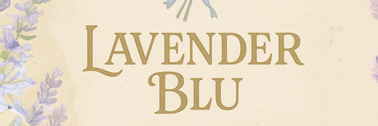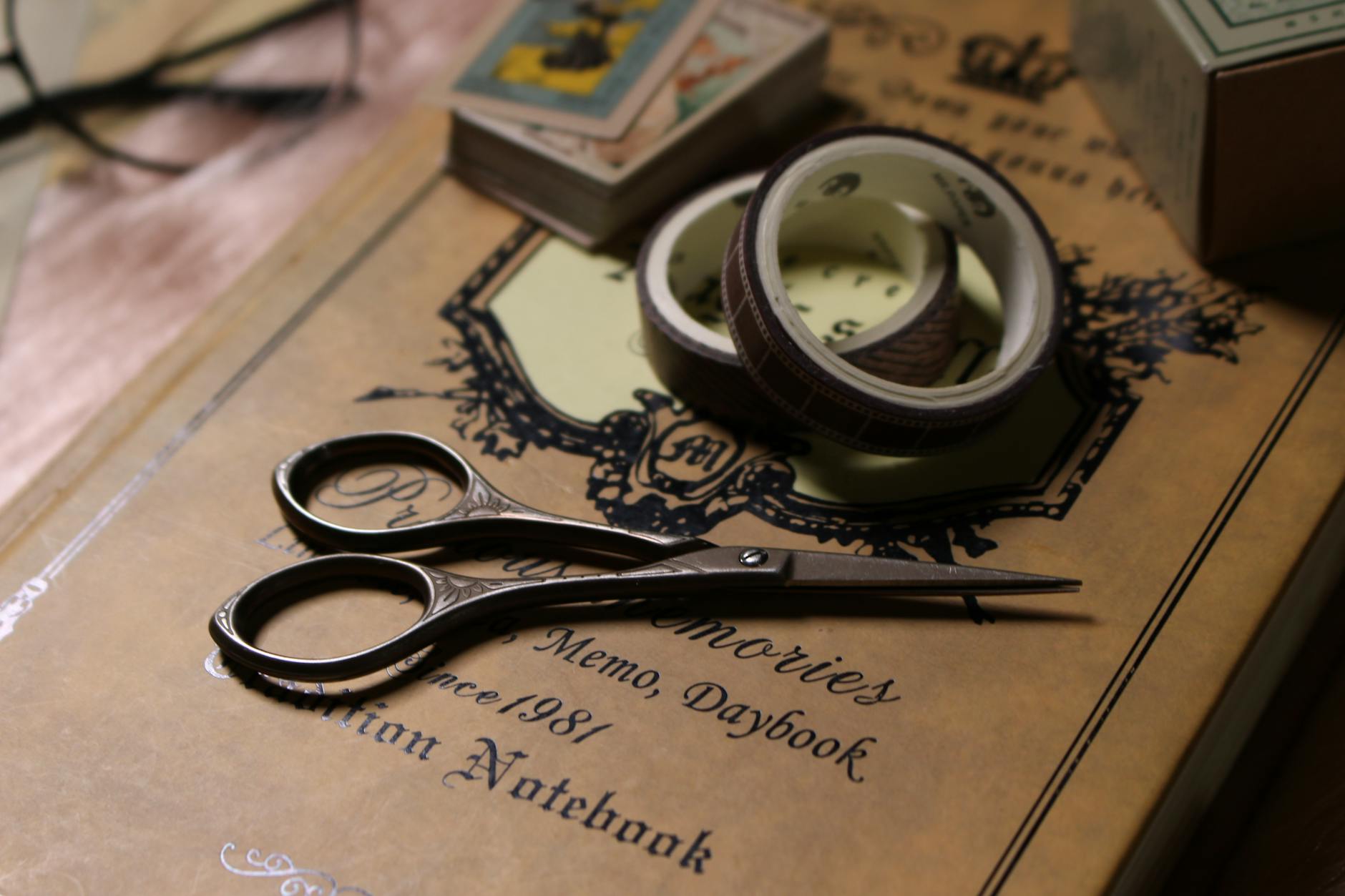
Are you tired of the same old scrapbooking techniques? 🥱 Do you long for a creative outlet that allows you to express yourself freely? Look no further than junk journaling – the art of transforming everyday items into stunning, personalized masterpieces! 🎨✨
Imagine flipping through pages filled with vintage ephemera, tea-stained paper, and fabric embellishments. Picture yourself creating nature-inspired layouts and mixed media art that tells your unique story. With junk journaling, the possibilities are endless, and the only limit is your imagination. 🌈💡
In this blog post, we’ll explore 10 Creative Junk Journal Ideas for Beginners that will ignite your creativity and set you on the path to becoming a junk journaling expert. From vintage collages to upcycled book page art, we’ll cover everything you need to know to get started on this exciting journey. So grab your scissors, glue, and that stack of old magazines – it’s time to dive into the wonderful world of junk journaling! 📚✂️🖌️
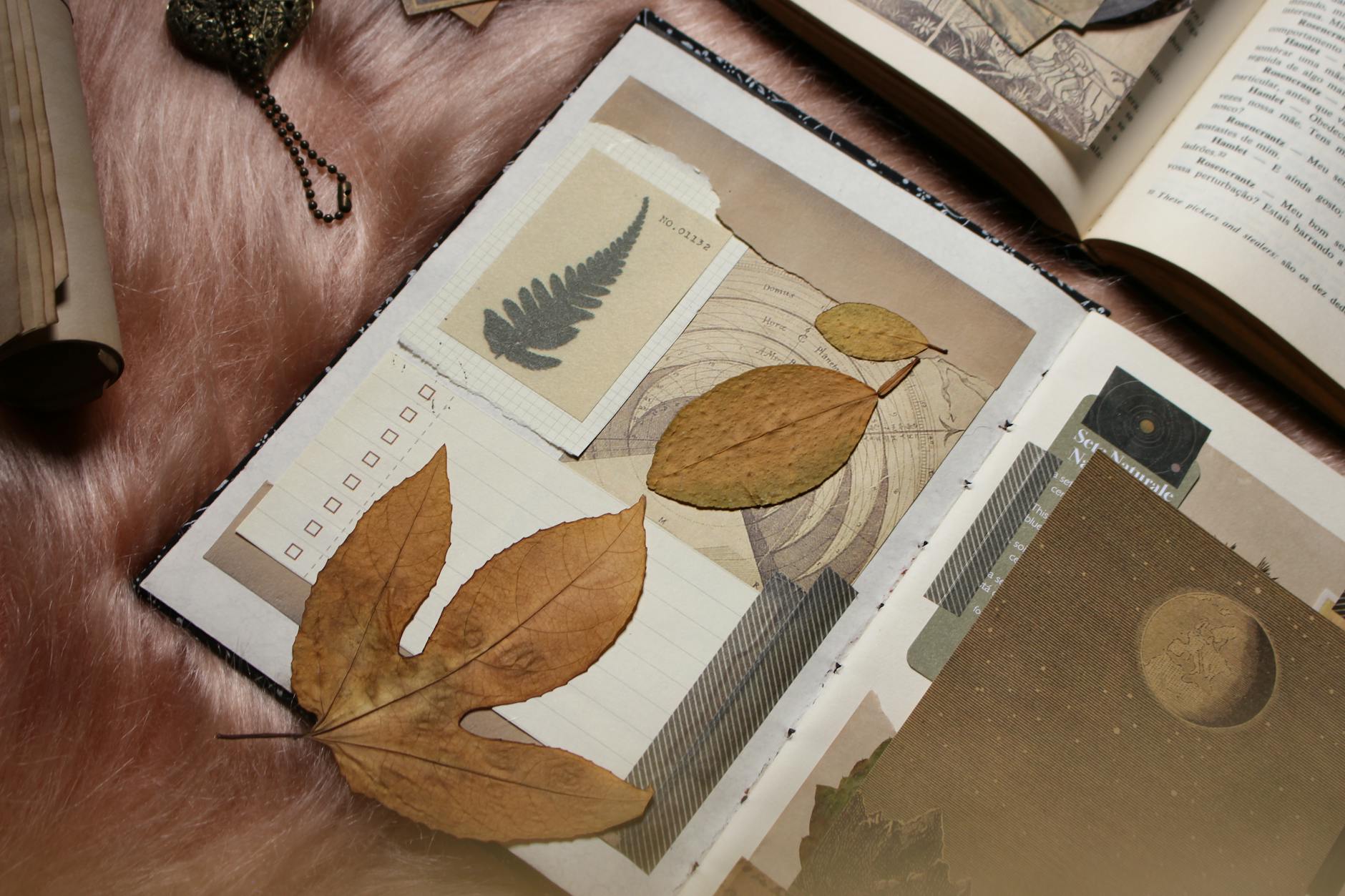
Understanding Junk Journaling
A. Definition and purpose
Junk journaling is a creative form of self-expression that combines elements of scrapbooking, art journaling, and mixed media. It involves creating a personalized book or journal using a variety of found objects, ephemera, and everyday materials. The purpose of junk journaling is to document memories, express emotions, and explore artistic techniques in a unique and unconventional way.
B. Benefits for beginners
Junk journaling offers numerous benefits for beginners:
- Low-pressure creativity
- Stress relief and mindfulness
- Improved problem-solving skills
- Enhanced self-expression
- Eco-friendly crafting
| Benefit | Description |
|---|---|
| Low-pressure creativity | No rules or expectations, perfect for beginners |
| Stress relief | Engaging in a relaxing, hands-on activity |
| Problem-solving | Finding creative ways to use various materials |
| Self-expression | Documenting personal experiences and emotions |
| Eco-friendly | Repurposing items that might otherwise be discarded |
C. Materials needed
To start junk journaling, beginners will need:
- A base journal (can be a old book, composition notebook, or handmade signatures)
- Adhesives (glue sticks, liquid glue, double-sided tape)
- Scissors
- Writing tools (pens, markers, pencils)
- Decorative papers (scrapbook paper, old book pages, magazine clippings)
- Embellishments (buttons, ribbons, stickers, washi tape)
- Found objects and ephemera (tickets, receipts, postcards)
Now that we’ve covered the basics of junk journaling, let’s explore some specific techniques and ideas to get you started on your creative journey.

Vintage Ephemera Collages
Now that we’ve covered the basics of junk journaling, let’s dive into one of the most popular techniques: creating vintage ephemera collages. This art form allows you to transform old papers and images into stunning, nostalgic layouts that tell a unique story.
Sourcing Old Papers and Images
To create authentic vintage ephemera collages, you’ll need to gather a variety of aged materials. Here are some great sources:
- Antique shops and flea markets
- Thrift stores and secondhand bookshops
- Online marketplaces specializing in vintage ephemera
- Family attics or old photo albums (with permission)
- Digital vintage image collections for printing
Creating Themed Layouts
When designing your collages, consider organizing them around specific themes. This approach adds depth and coherence to your junk journal pages. Here’s a table of theme ideas and corresponding ephemera:
| Theme | Ephemera Ideas |
|---|---|
| Travel | Maps, postcards, ticket stubs |
| Nature | Pressed flowers, seed packets, botanical illustrations |
| Nostalgia | Vintage advertisements, old photographs, retro labels |
| Music | Sheet music, concert tickets, album covers |
| Literature | Book pages, library cards, author photos |
Techniques for Layering and Arranging
The key to a visually appealing ephemera collage lies in the layering and arrangement. Here are some techniques to try:
- Start with a base layer of tea-stained paper or vintage book pages
- Overlap elements, allowing some to peek out from behind others
- Use different sizes and shapes to create visual interest
- Incorporate texture with fabric scraps or lace
- Add depth by using foam tape to elevate certain pieces
- Create focal points with larger or more colorful items
Remember, there’s no right or wrong way to create a vintage ephemera collage. Experiment with different arrangements until you find a composition that speaks to you. In the next section, we’ll explore how to enhance your junk journal pages with tea-stained paper techniques.
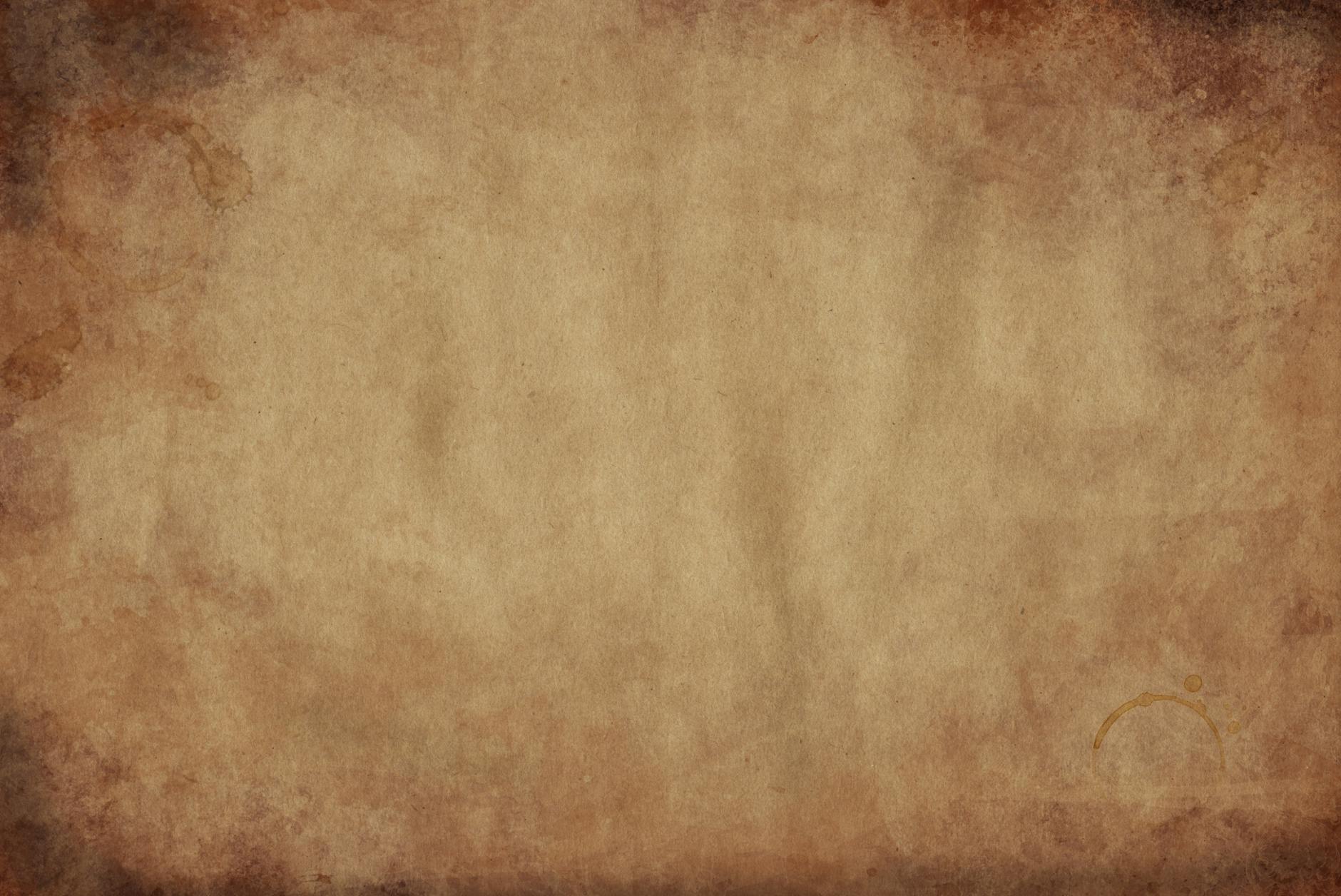
Tea-Stained Paper Techniques
Tea-staining is a beloved technique in junk journaling that adds an aged, vintage look to your pages. This simple yet effective method can transform ordinary paper into beautiful, antique-looking sheets perfect for your junk journal projects.
A. Supplies required
To get started with tea-staining, you’ll need the following items:
- Black or herbal tea bags
- Hot water
- Paper (various types work well)
- Large flat container or tray
- Drying rack or clothesline
- Optional: coffee grounds for darker stains
B. Step-by-step staining process
- Brew a strong batch of tea
- Allow the tea to cool slightly
- Place paper in a flat container
- Pour tea over the paper, ensuring even coverage
- Let the paper soak for 5-15 minutes
- Carefully remove the paper and hang to dry
- Once dry, iron the paper to flatten (if desired)
| Paper Type | Soaking Time | Result |
|---|---|---|
| Printer paper | 5-10 minutes | Light, even stain |
| Cardstock | 10-15 minutes | Deeper, more textured stain |
| Book pages | 3-5 minutes | Delicate, aged appearance |
C. Creative uses for tea-stained pages
Tea-stained paper can be used in numerous ways within your junk journal:
- Background pages for collages
- Vintage-style envelopes and pockets
- Handwritten journaling on aged paper
- DIY tags and labels
- Torn edges for a distressed look
Experiment with different tea types and soaking times to achieve various shades and effects. This versatile technique will add depth and character to your junk journal pages, enhancing the overall vintage aesthetic.
Now that you’ve mastered tea-staining, let’s explore how to incorporate fabric and lace embellishments to further enhance your junk journal’s texture and visual appeal.
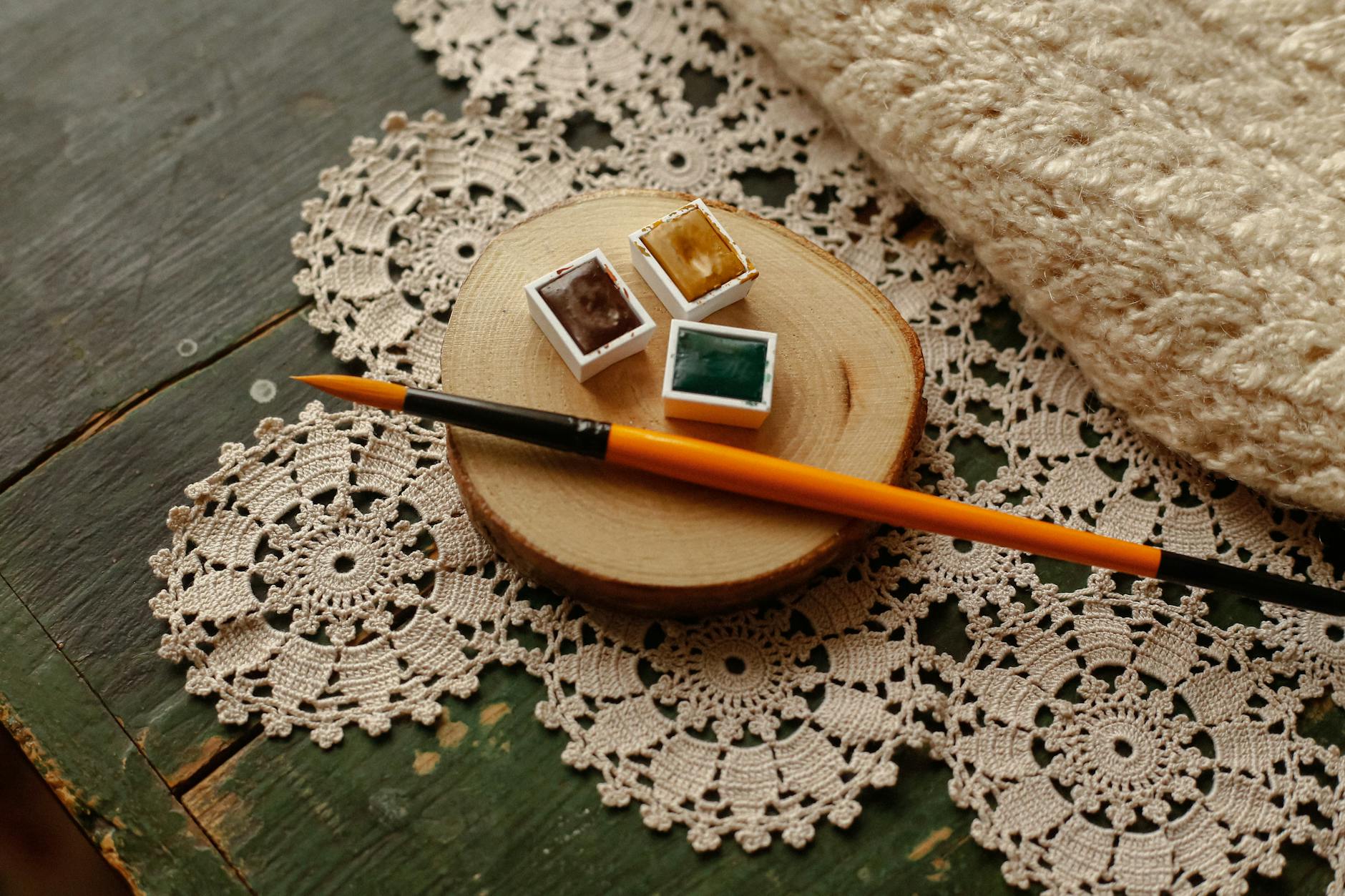
Fabric and Lace Embellishments
Adding fabric and lace to your junk journal can create a tactile and visually appealing experience. These materials add texture, depth, and a touch of vintage charm to your pages. Let’s explore how to effectively incorporate these elements into your junk journal.
Choosing complementary textiles
When selecting fabrics and laces for your junk journal, consider the following factors:
- Color palette: Choose textiles that complement your journal’s overall color scheme
- Texture variety: Mix smooth and textured fabrics for visual interest
- Theme consistency: Select fabrics that align with your journal’s theme (e.g., floral prints for a garden-themed journal)
Here’s a quick guide to help you choose the right textiles:
| Fabric Type | Best Used For | Texture |
|---|---|---|
| Cotton | Backgrounds, pockets | Smooth |
| Lace | Borders, overlays | Delicate |
| Burlap | Rustic accents | Coarse |
| Silk | Elegant touches | Smooth, shiny |
| Felt | Embellishments, die-cuts | Soft, thick |
Sewing vs. gluing techniques
Both sewing and gluing have their merits when attaching fabric to your junk journal pages. Consider these points:
-
Sewing:
- Provides a more secure attachment
- Adds an authentic, handmade look
- Allows for creation of pockets and flaps
-
Gluing:
- Quicker and easier for beginners
- Works well for delicate fabrics
- Ideal for small embellishments
Choose the technique that best suits your skill level and desired aesthetic.
Incorporating vintage clothing scraps
Vintage clothing scraps can add a unique and personal touch to your junk journal. Here are some creative ways to use them:
- Create pocket fronts using vintage handkerchiefs
- Use buttons from old clothing as embellishments
- Cut out interesting patterns or motifs from vintage garments
- Repurpose lace trim from old linens as page borders
By incorporating these fabric and lace embellishments, you’ll add depth and personality to your junk journal pages. Next, we’ll explore how to create nature-inspired junk journal pages to further enhance your creative journey.
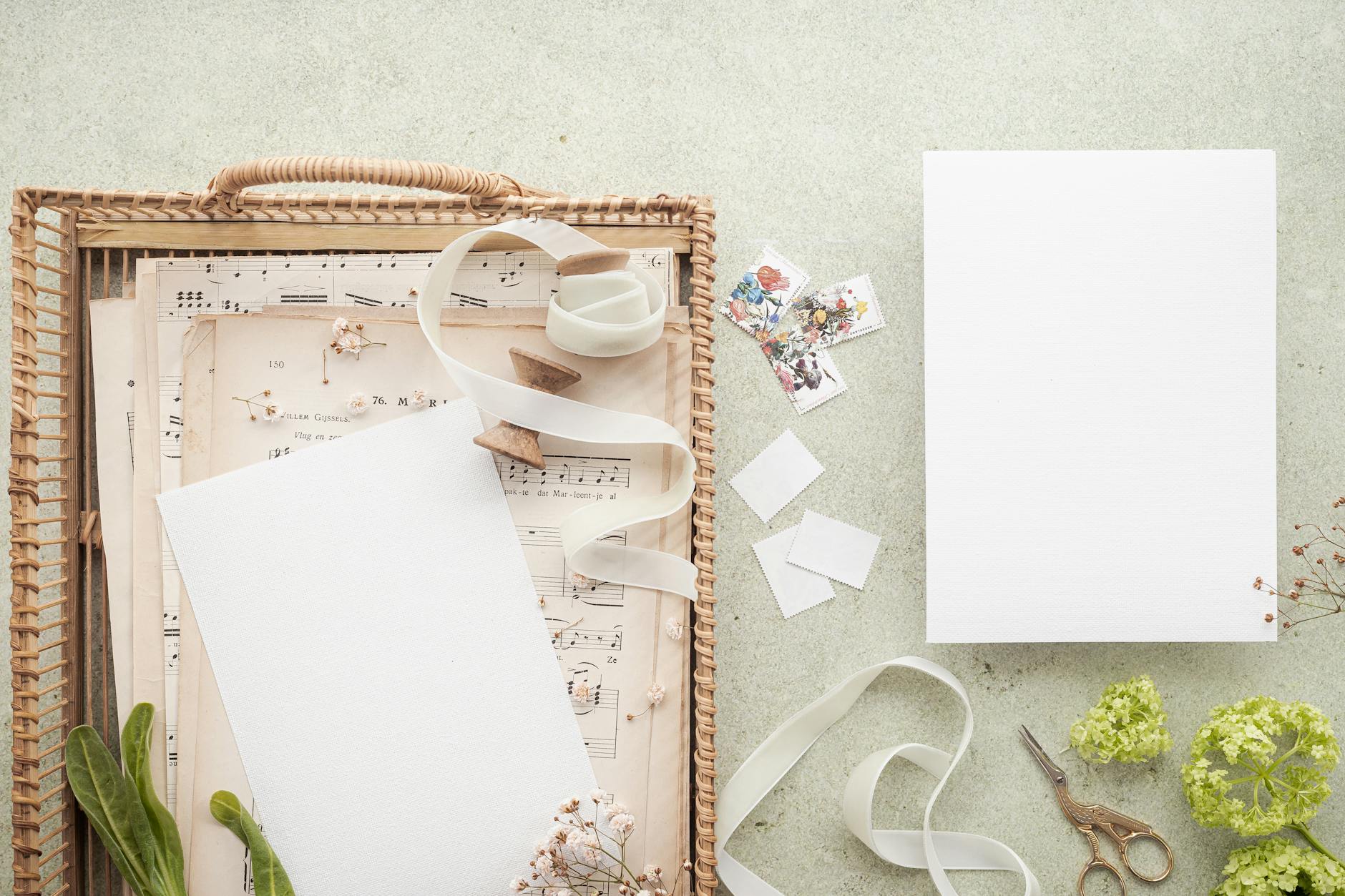
Nature-Inspired Junk Journal Pages
Nature offers a wealth of inspiration for junk journaling, allowing you to bring the outdoors into your creative projects. Let’s explore how to incorporate natural elements into your junk journal pages.
Pressing and Preserving Leaves and Flowers
Collecting and preserving botanical specimens is a wonderful way to add authentic natural elements to your junk journal. Here’s a simple process:
- Collect fresh leaves and flowers
- Place them between sheets of absorbent paper
- Press under heavy books for 1-2 weeks
- Carefully remove and attach to journal pages
| Specimen Type | Pressing Time | Best Uses in Journal |
|---|---|---|
| Thin leaves | 1 week | Layering, borders |
| Flowers | 2 weeks | Focal points, accents |
| Ferns | 10 days | Background textures |
Creating Textures with Natural Materials
Natural materials can add unique textures to your journal pages:
- Bark rubbings: Place thin paper over tree bark and rub with a crayon
- Sand textures: Apply glue and sprinkle sand for a gritty feel
- Grass impressions: Press fresh grass onto an ink pad, then stamp onto paper
Incorporating Nature-Themed Sketches
Enhance your nature-inspired pages with simple sketches:
- Quick botanical illustrations
- Animal silhouettes
- Landscape outlines
These sketches can frame your pressed specimens or stand alone as artistic elements.
Now that we’ve explored nature-inspired junk journal pages, let’s move on to incorporating mixed media art techniques to further enhance your journal’s visual appeal.
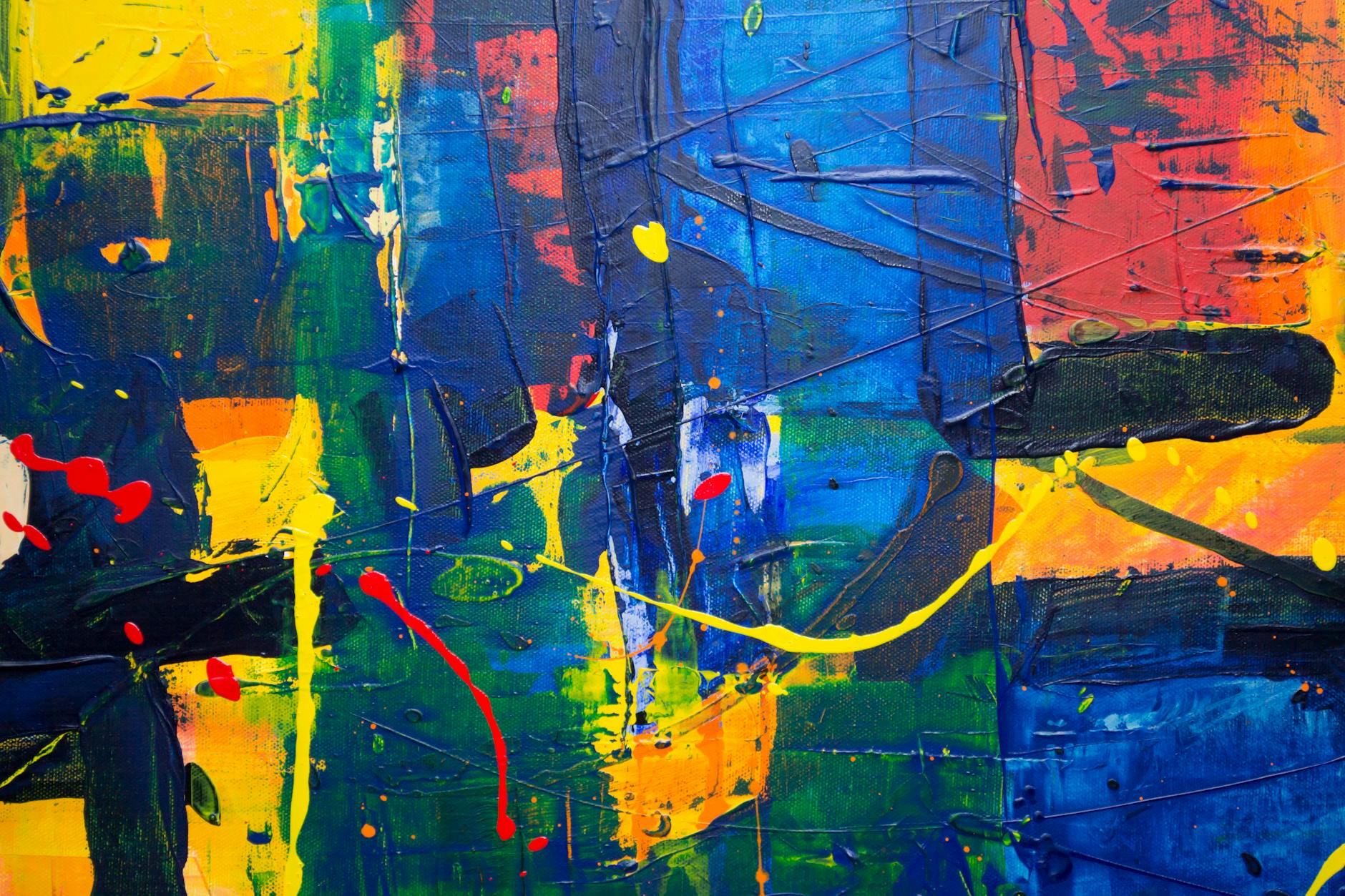
Mixed Media Art in Junk Journals
Combining different art mediums
Mixed media art in junk journals offers endless possibilities for creativity. By combining various art mediums, you can create unique and visually striking pages. Here are some popular combinations:
- Watercolors and ink
- Acrylics and colored pencils
- Collage and stamping
- Markers and pastels
Creating dimensional elements
Adding dimension to your junk journal pages can make them more engaging and interactive. Try these techniques:
- Layering papers and fabrics
- Using foam tape for pop-up elements
- Incorporating found objects or small trinkets
- Creating pockets or fold-out sections
Experimenting with textures and colors
Textures and colors play a crucial role in mixed media art journaling. Here’s a table showcasing different texture techniques and their effects:
| Technique | Effect | Materials |
|---|---|---|
| Gesso | Creates a textured base | Gesso, palette knife |
| Embossing | Adds raised patterns | Embossing powder, heat tool |
| Tissue paper | Creates delicate wrinkles | Tissue paper, mod podge |
| Texture paste | Adds thick, moldable texture | Texture paste, stencils |
When experimenting with colors, consider:
- Creating a cohesive color palette for each spread
- Using contrasting colors for visual interest
- Layering transparent and opaque colors for depth
- Incorporating metallic or iridescent paints for a special touch
By exploring these mixed media techniques, you’ll add depth and intrigue to your junk journal pages, making each spread a unique work of art.
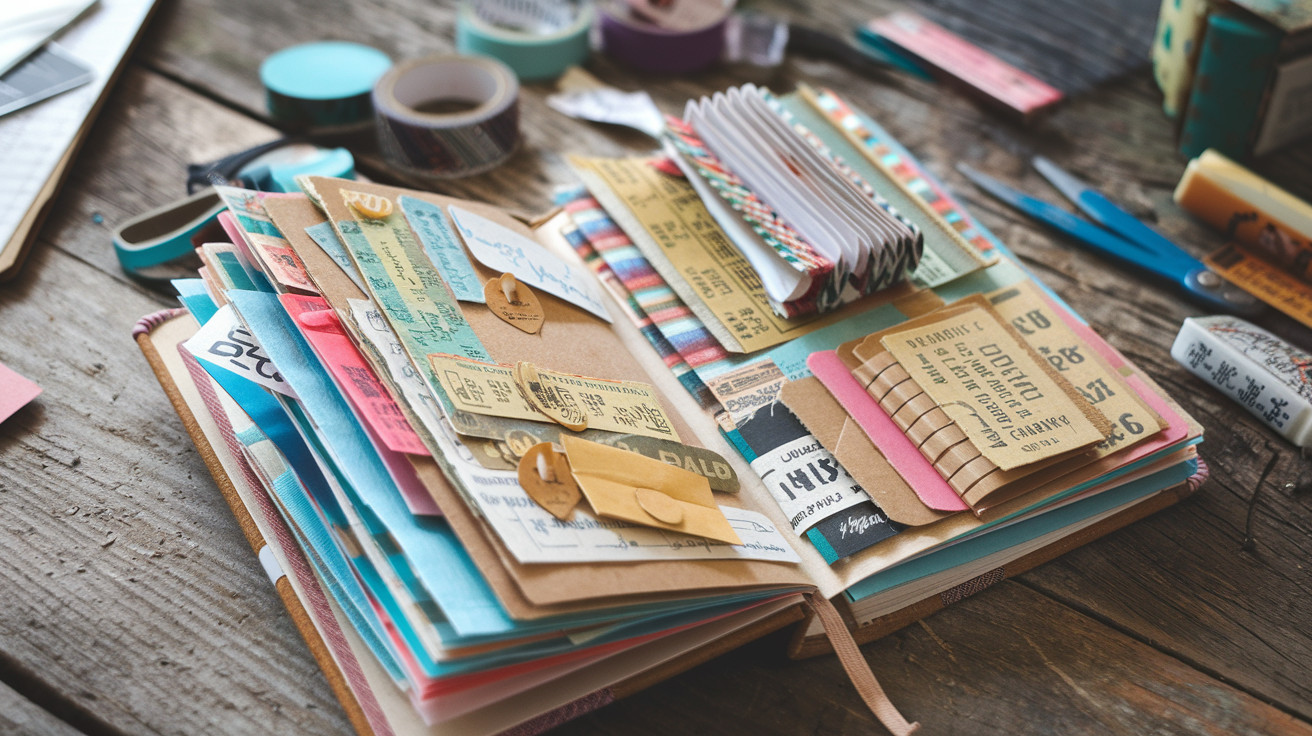
Pocket Pages and Interactive Elements
Pocket pages and interactive elements add depth and intrigue to your junk journal, making it a truly engaging experience. Let’s explore some creative ways to incorporate these elements into your journal.
Designing hidden journaling spots
Hidden journaling spots are perfect for keeping private thoughts or adding an element of surprise to your journal. Consider these ideas:
- Create a fold-out flap behind a photo or artwork
- Use a pull-out tab to reveal hidden text
- Design a secret pocket behind a decorative element
Creating fold-out sections
Fold-out sections add dimension and allow for more content in a limited space. Try these techniques:
- Accordion folds for mini-albums within your journal
- Gatefold pages for revealing larger artworks or photos
- Flip-up sections for layered storytelling
Incorporating envelopes and tags
Envelopes and tags are versatile elements that can serve both decorative and functional purposes. Here’s a comparison of ways to use them:
| Element | Decorative Use | Functional Use |
|---|---|---|
| Envelopes | Colorful backgrounds | Storage for ephemera |
| Tags | Layered embellishments | Journaling prompts |
To make your pocket pages and interactive elements more cohesive, consider using a consistent color scheme or theme throughout. This will tie your journal together while still allowing for creativity and surprise in each interactive element.
Now that we’ve explored pocket pages and interactive elements, let’s move on to another exciting aspect of junk journaling: upcycled book page art.
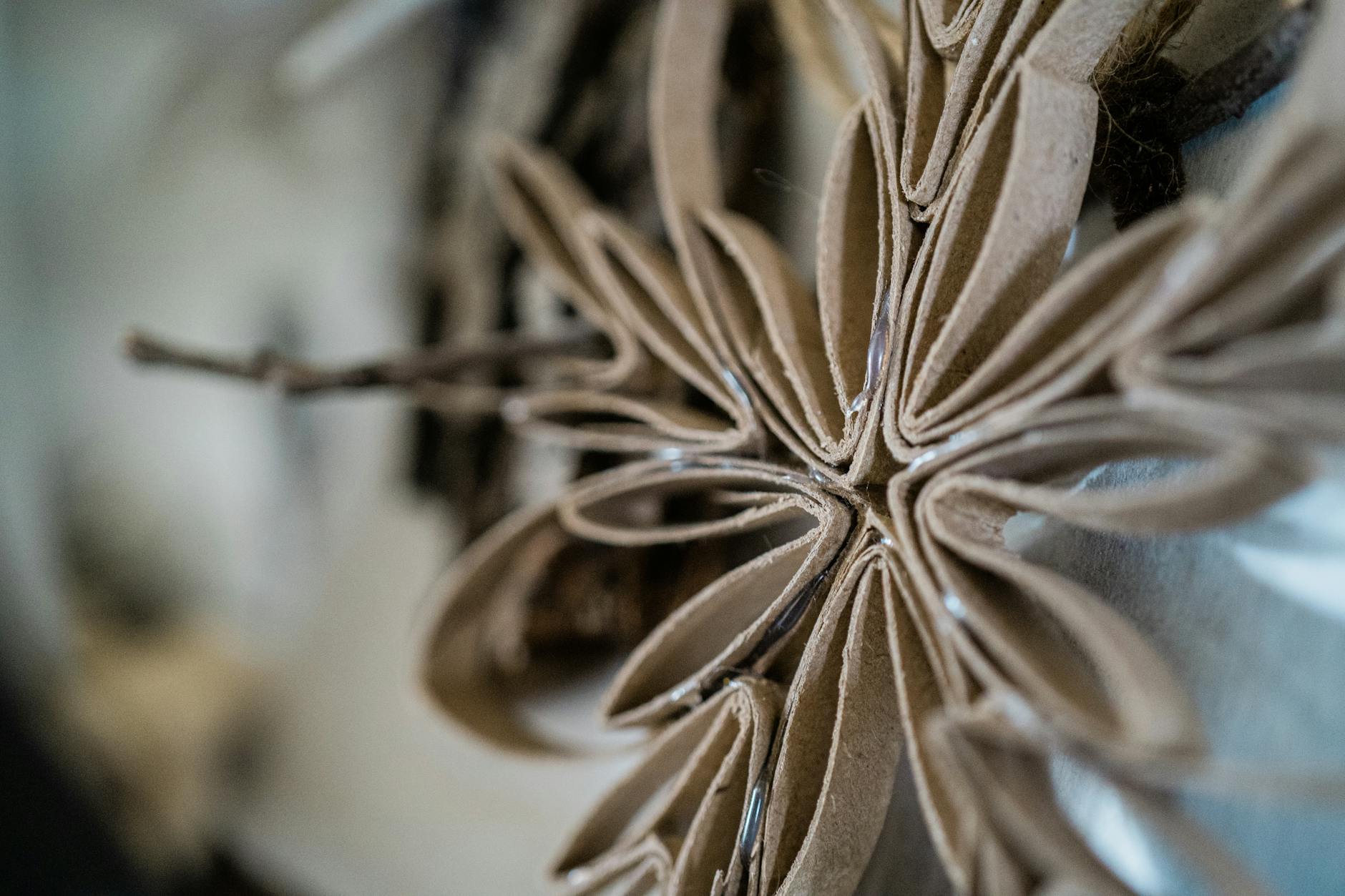
Upcycled Book Page Art
Transforming old book pages into stunning art pieces is a fantastic way to add character to your junk journal. This section explores creative techniques for upcycling book pages, turning forgotten texts into captivating visual elements.
Finding and Preparing Old Book Pages
To begin your upcycled book page art journey, you’ll need to source suitable materials:
- Thrift stores
- Library book sales
- Online marketplaces
- Personal collection
Once you’ve acquired old books, carefully remove pages, ensuring they’re free from damage. Consider the following preparation methods:
- Gentle cleaning with a soft brush
- Tea-staining for an aged appearance
- Trimming edges for a uniform look
Blackout Poetry Techniques
Blackout poetry is a fascinating way to create art from existing text. Here’s a simple process to get started:
- Choose a page with interesting words
- Lightly circle words that form a poem or message
- Use a marker to black out the rest of the text
- Add illustrations or designs around the revealed words
| Technique | Description | Difficulty |
|---|---|---|
| Complete blackout | Cover all text except chosen words | Easy |
| Partial blackout | Leave some text visible for context | Medium |
| Shape blackout | Create shapes with negative space | Advanced |
Creating Illustrations on Book Pages
Book pages provide a unique canvas for your artwork. Try these ideas:
- Sketch nature scenes that complement the text
- Paint abstract designs using watercolors
- Create zentangle patterns in empty spaces
- Collage images and text from other sources
Remember to seal your finished book page art with a fixative spray to preserve your creation. With these techniques, you’ll transform ordinary book pages into extraordinary junk journal elements. Next, we’ll explore how to add flair to your journal with washi tape and sticker decorations.
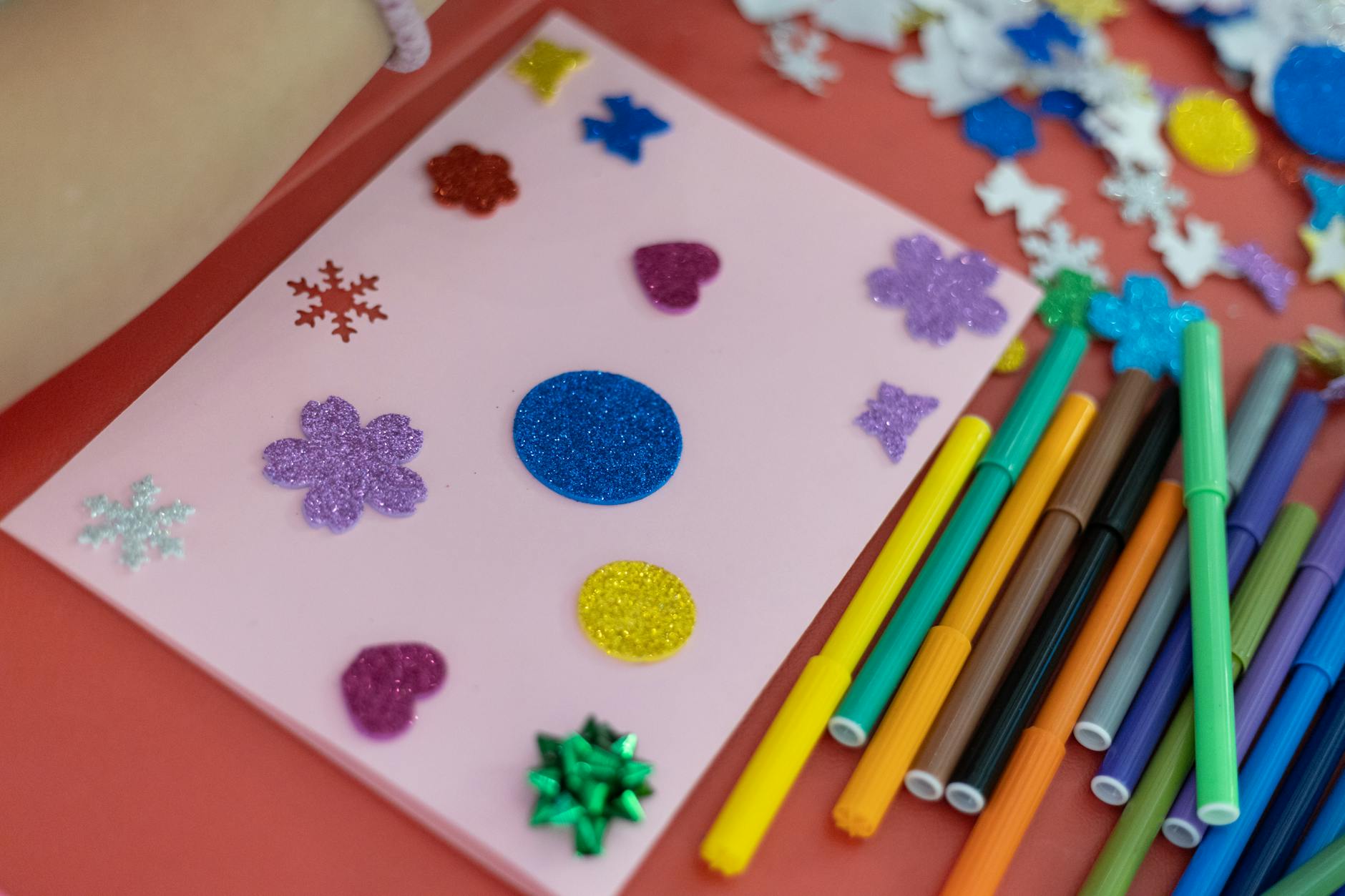
Washi Tape and Sticker Decorations
Now that we’ve explored various creative techniques for your junk journal, let’s dive into the colorful world of washi tape and sticker decorations. These versatile materials can add instant charm and personality to your pages.
Selecting complementary patterns
When choosing washi tape and stickers for your junk journal, consider the following tips:
- Color coordination: Select tapes and stickers that match or complement your page’s color scheme
- Theme consistency: Choose designs that align with your journal’s overall theme or the specific page topic
- Texture variety: Mix smooth and textured tapes for visual interest
Here’s a quick guide to help you match patterns:
| Pattern Type | Complementary Patterns |
|---|---|
| Floral | Stripes, polka dots |
| Geometric | Solid colors, script |
| Vintage | Lace, postage stamps |
| Nature | Watercolor, woodgrain |
Creative washi tape border ideas
Washi tape isn’t just for straight lines! Try these creative border ideas:
- Scalloped edges: Fold the tape in half and cut rounded edges
- Layered borders: Overlap different tapes for a unique look
- Frayed edges: Carefully pull apart the tape for a distressed effect
- Washi tape frames: Create frames around photos or journaling spots
Making custom stickers from junk mail
Transform your junk mail into personalized stickers with these steps:
- Cut out interesting images or text from magazines or catalogs
- Apply a thin layer of Mod Podge or clear glue to the back
- Let it dry completely
- Peel off and stick to your journal pages
By incorporating washi tape and stickers, you’ll add delightful pops of color and texture to your junk journal. Next, we’ll explore how to integrate personal memorabilia for a truly unique touch to your creations.
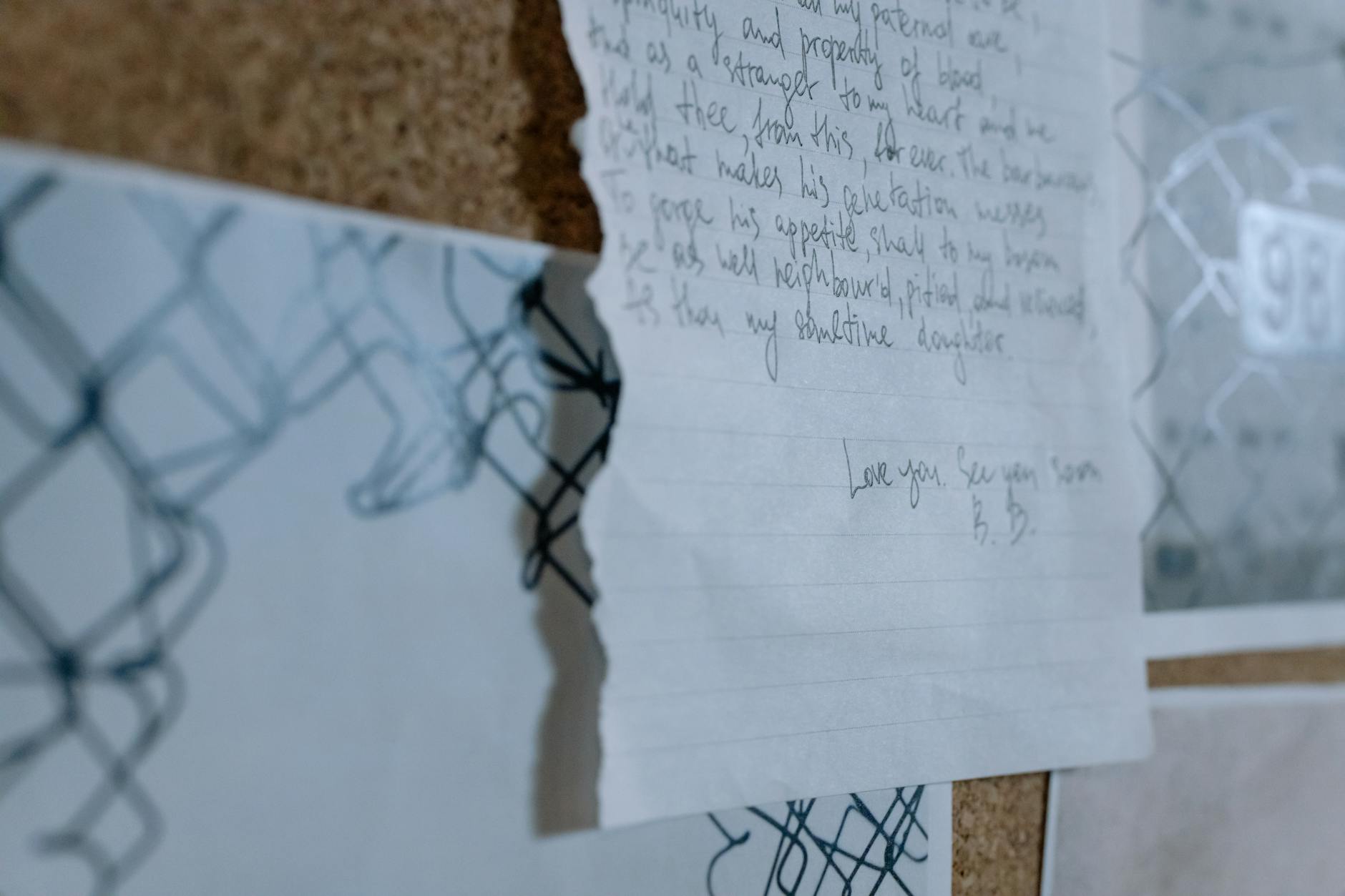
Personal Memorabilia Integration
Personal memorabilia can transform your junk journal into a unique and meaningful keepsake. By incorporating items that hold sentimental value, you create a journal that tells your story and preserves your memories. Let’s explore some creative ways to integrate personal memorabilia into your junk journal.
Incorporating ticket stubs and receipts
Ticket stubs and receipts are perfect additions to your junk journal, serving as tangible reminders of experiences and purchases. Here are some ideas:
- Create a pocket page to store multiple ticket stubs
- Use a clear plastic sleeve to display a special receipt
- Fold receipts into envelopes to hold additional memorabilia
| Item | Journaling Idea |
|---|---|
| Movie tickets | Create a mini-review page |
| Concert tickets | Add song lyrics or setlist |
| Restaurant receipts | Write about the dining experience |
Using old photos and postcards
Old photos and postcards add a visual element to your journal, bringing memories to life. Try these techniques:
- Create photo corners using washi tape
- Use vintage-style paper clips to attach photos
- Make flip-up elements with postcards to reveal hidden journaling
Adding personal handwritten elements
Incorporating your own handwriting adds a personal touch to your junk journal. Consider these ideas:
- Write quotes or lyrics that resonate with you
- Include short diary entries or reflections
- Add handwritten labels or captions to photos and memorabilia
By integrating these personal elements, your junk journal becomes a unique reflection of your experiences and memories. Next, we’ll explore how to combine all these techniques to create cohesive and visually appealing junk journal pages.
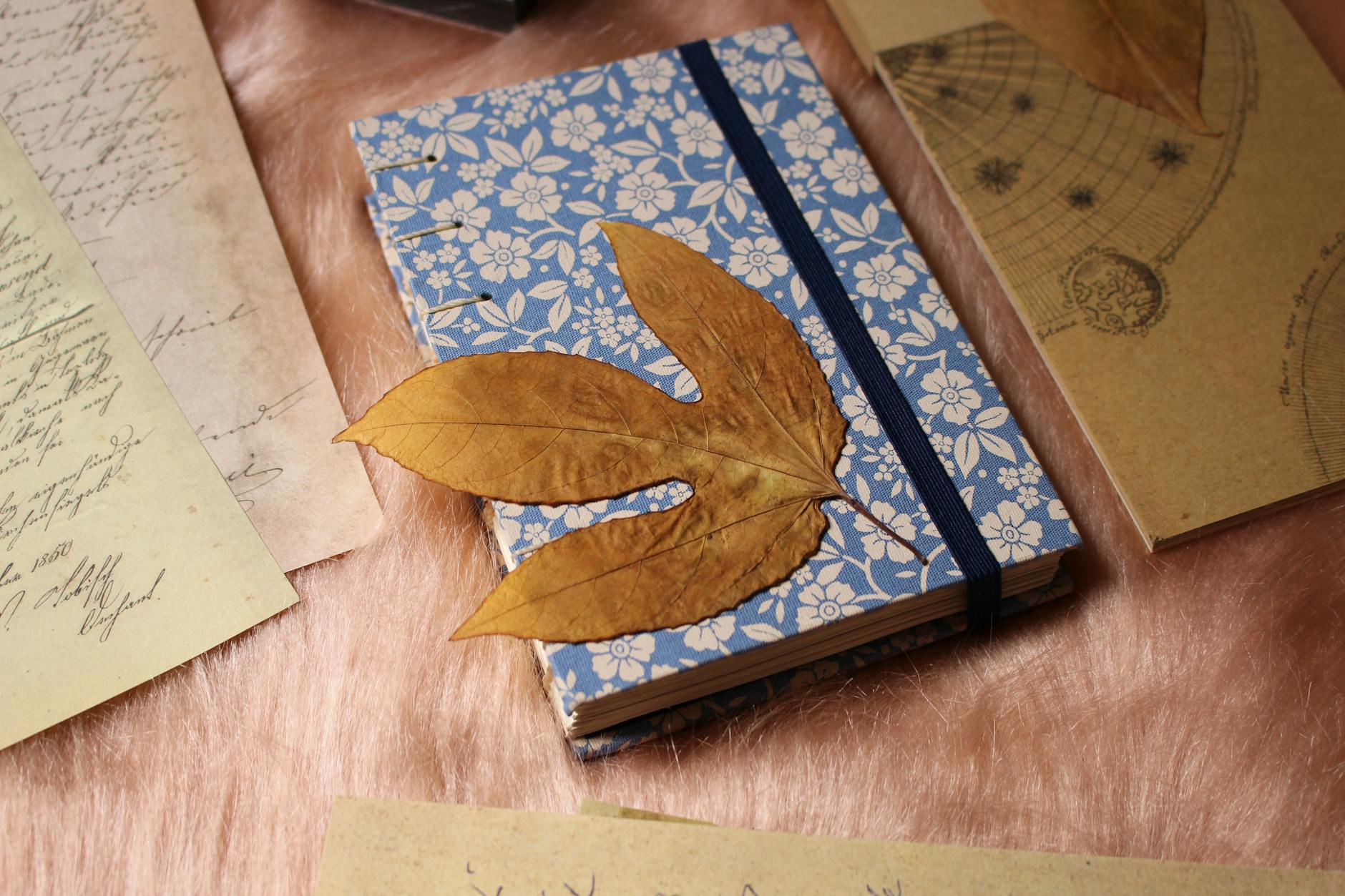
Junk journaling offers a world of creative possibilities for beginners to explore. From vintage ephemera collages to tea-stained paper techniques, fabric embellishments, and nature-inspired pages, there are countless ways to express yourself through this art form. Mixed media, pocket pages, upcycled book art, and washi tape decorations further expand your creative toolkit. Remember, the beauty of junk journaling lies in its personal nature, so don’t hesitate to integrate your own memorabilia and experiences.
As you embark on your junk journaling journey, embrace experimentation and allow your creativity to flow freely. Each page is an opportunity to tell your unique story and preserve memories in a tangible, artistic way. Whether you’re drawn to vintage aesthetics or prefer a more modern approach, there’s a junk journaling style that’s perfect for you. So gather your materials, let your imagination run wild, and start creating your own beautiful junk journal today!
